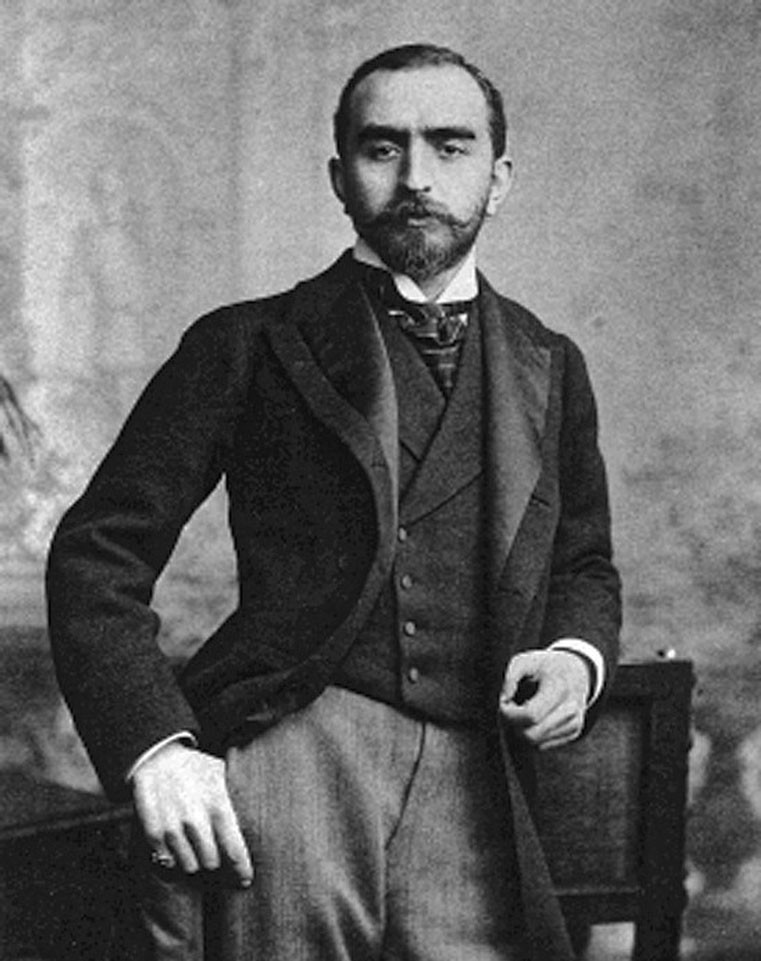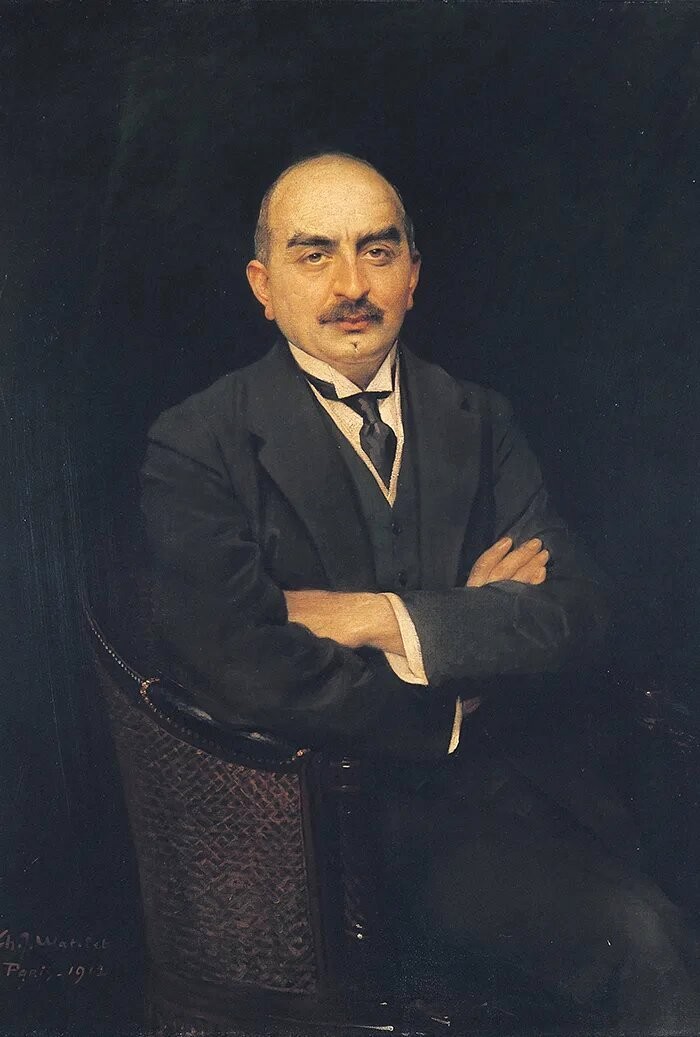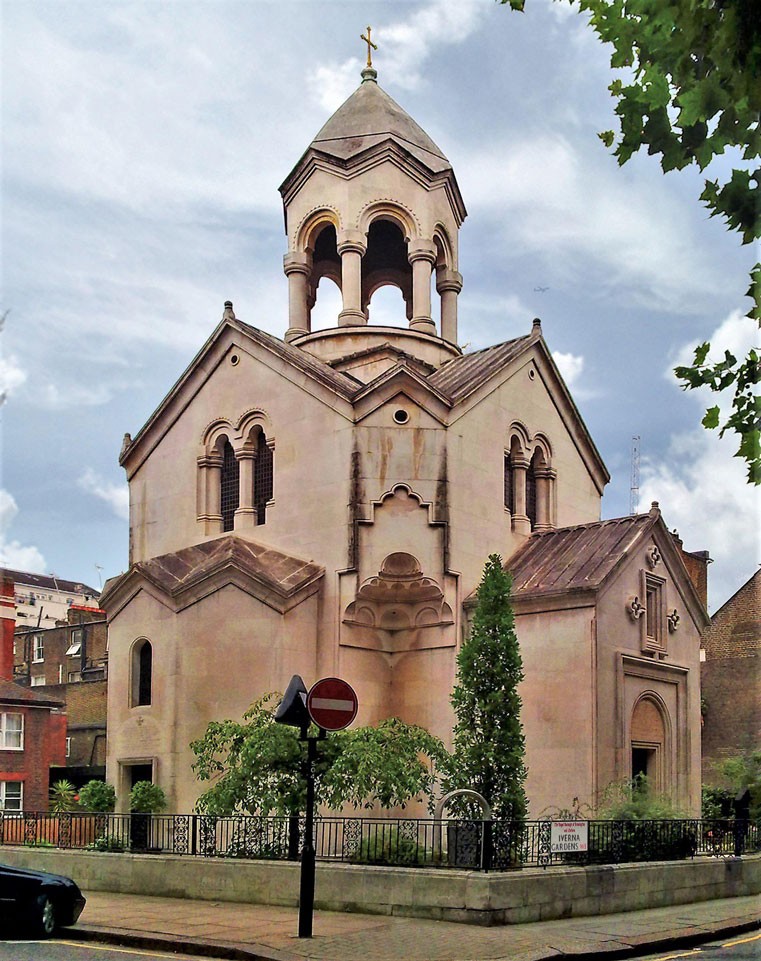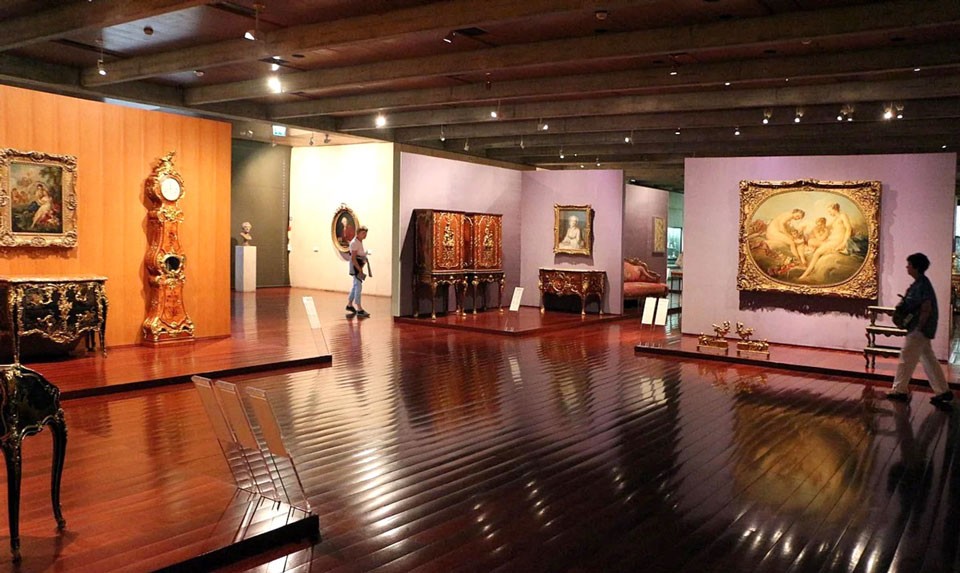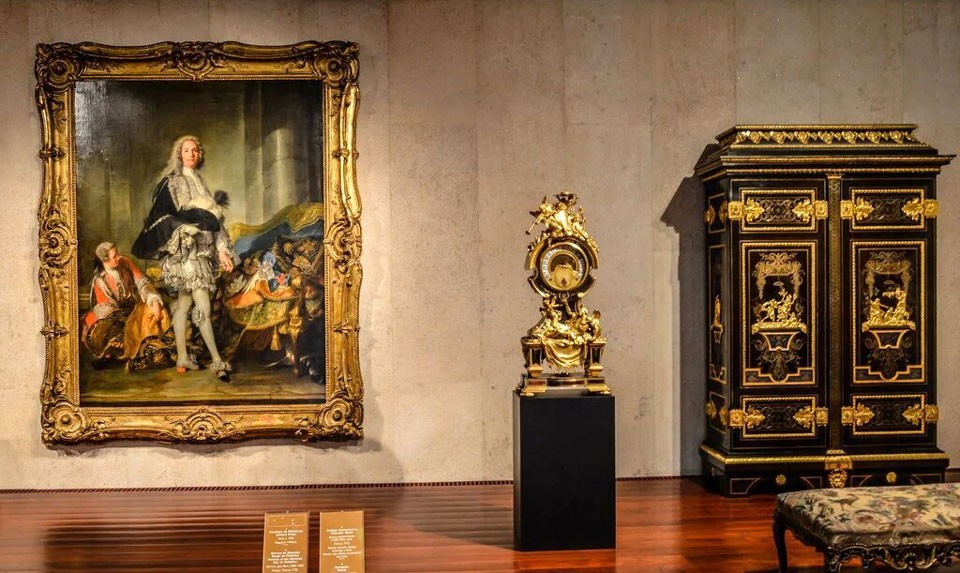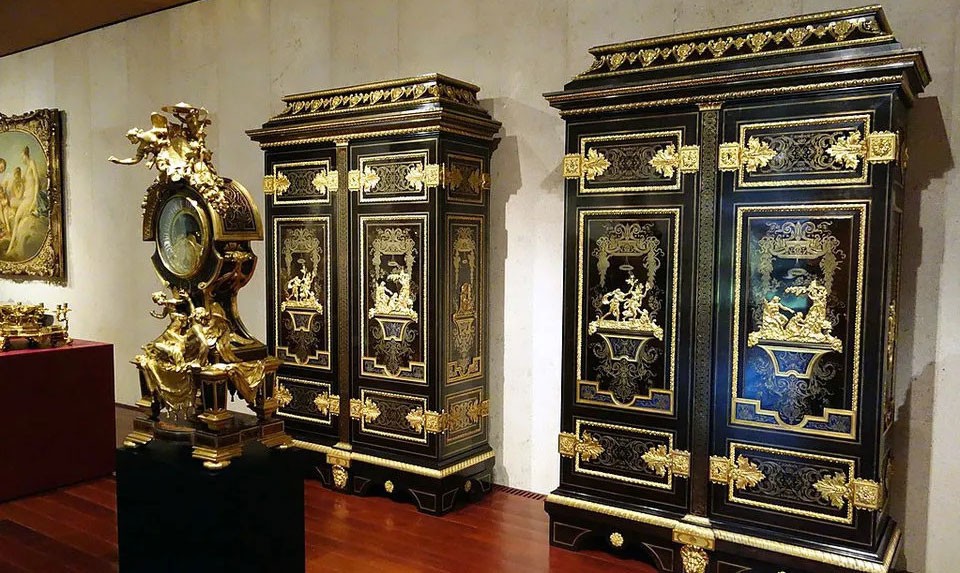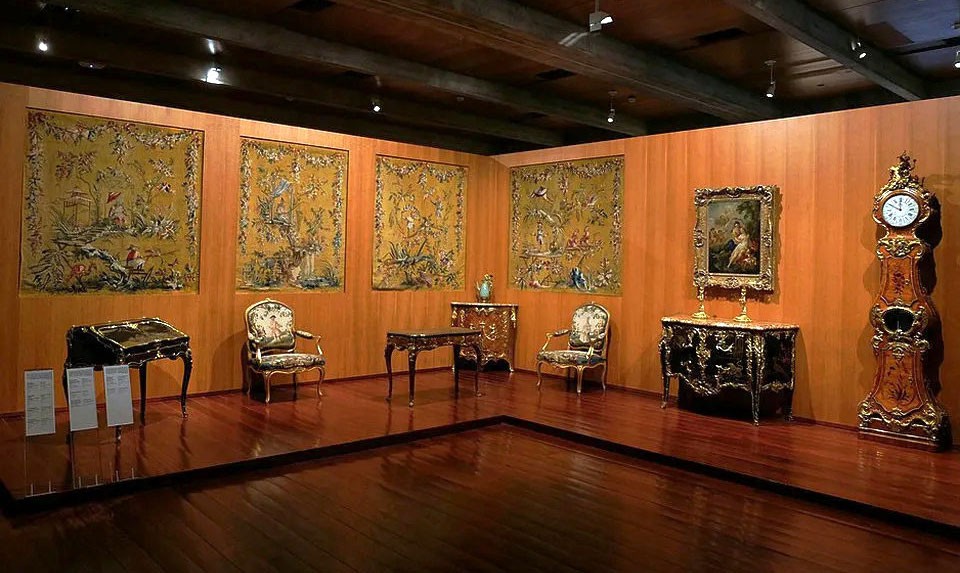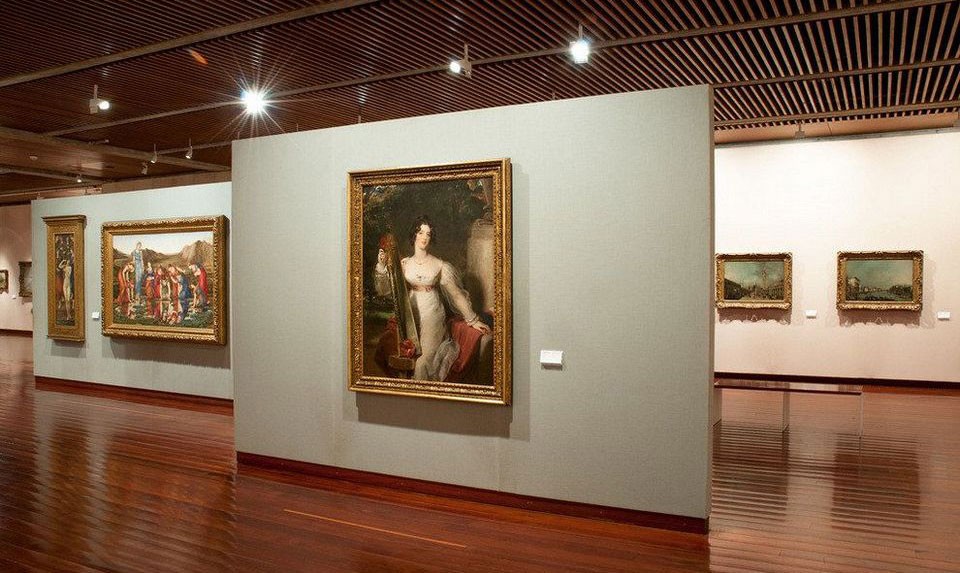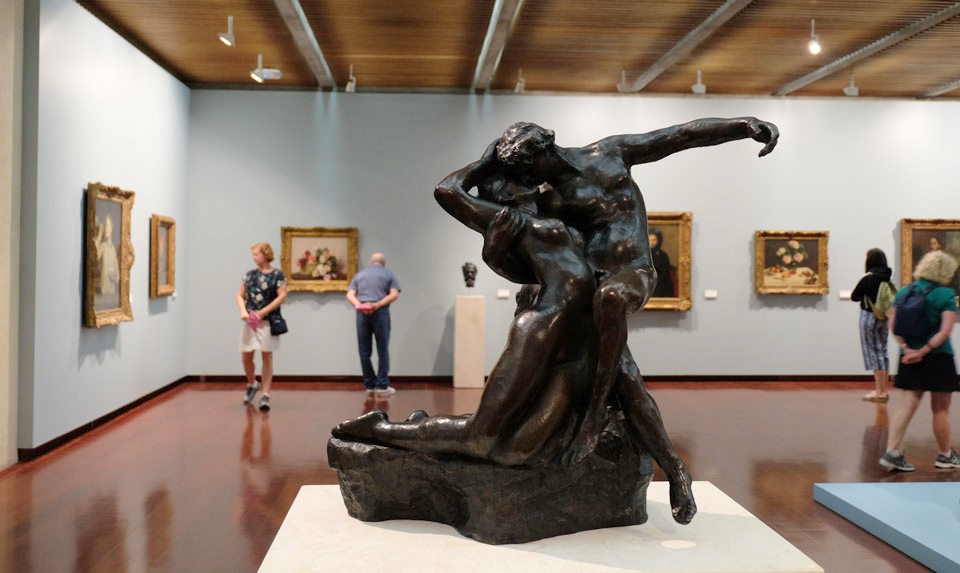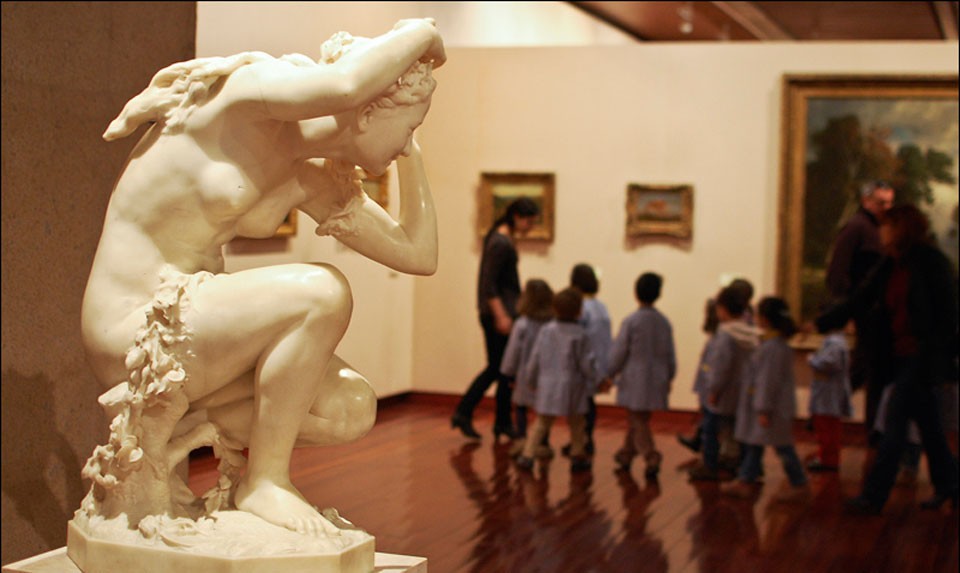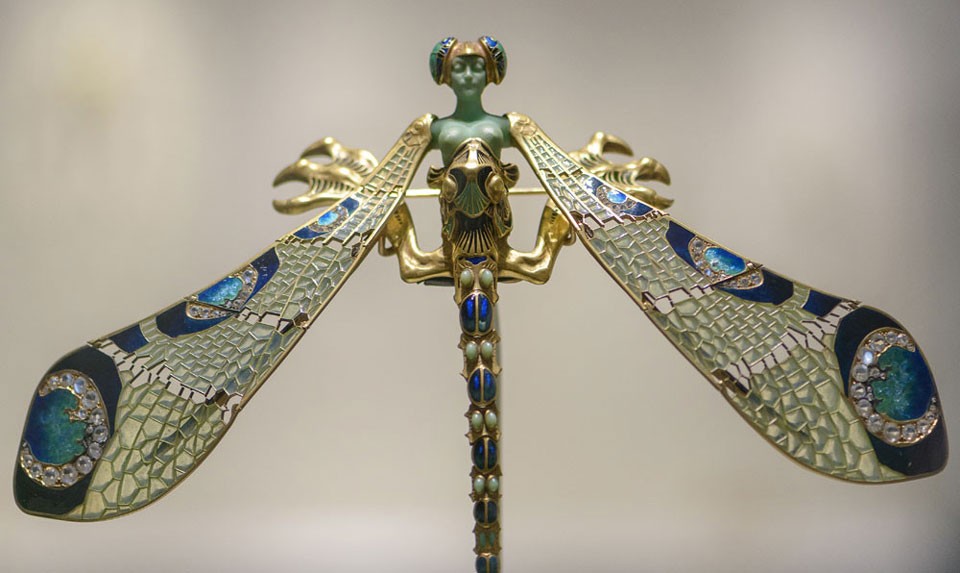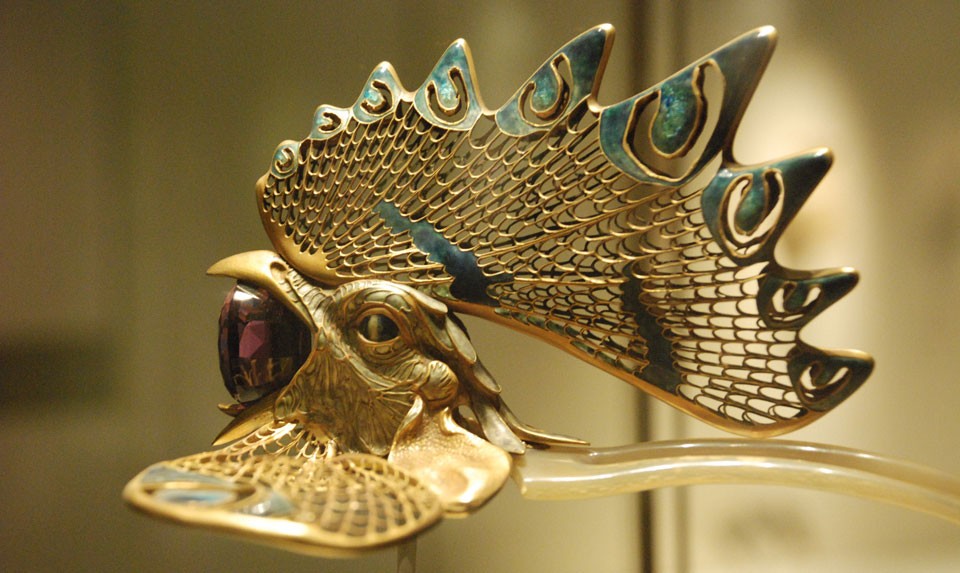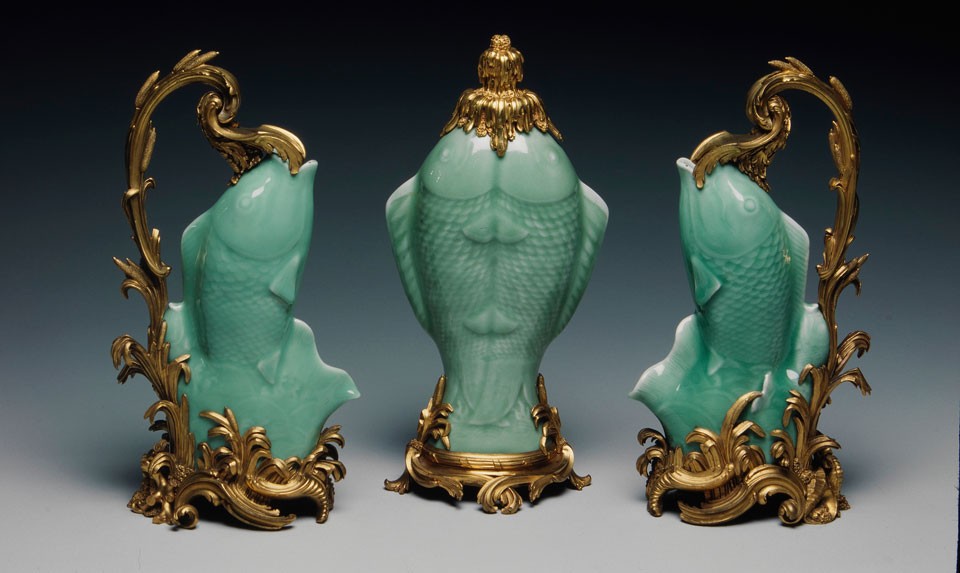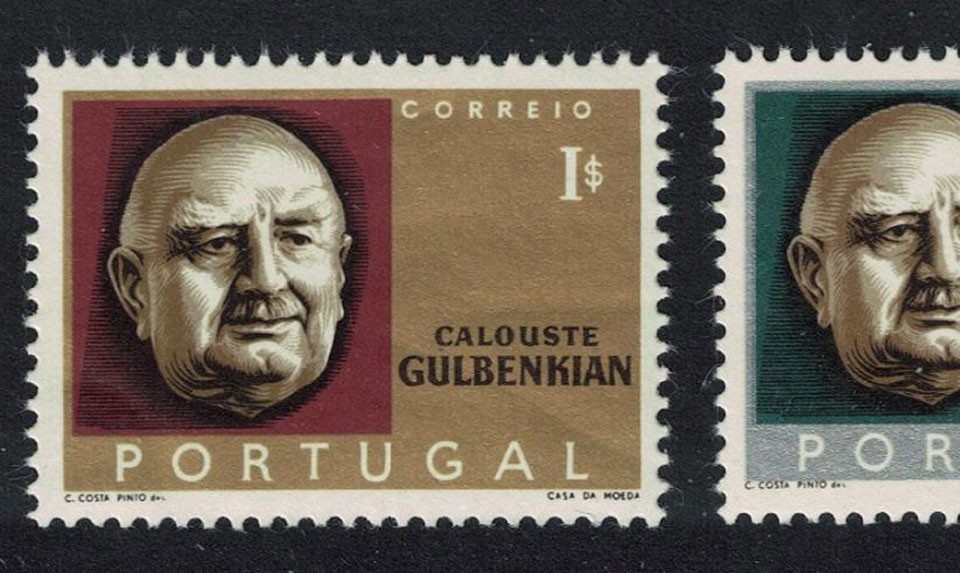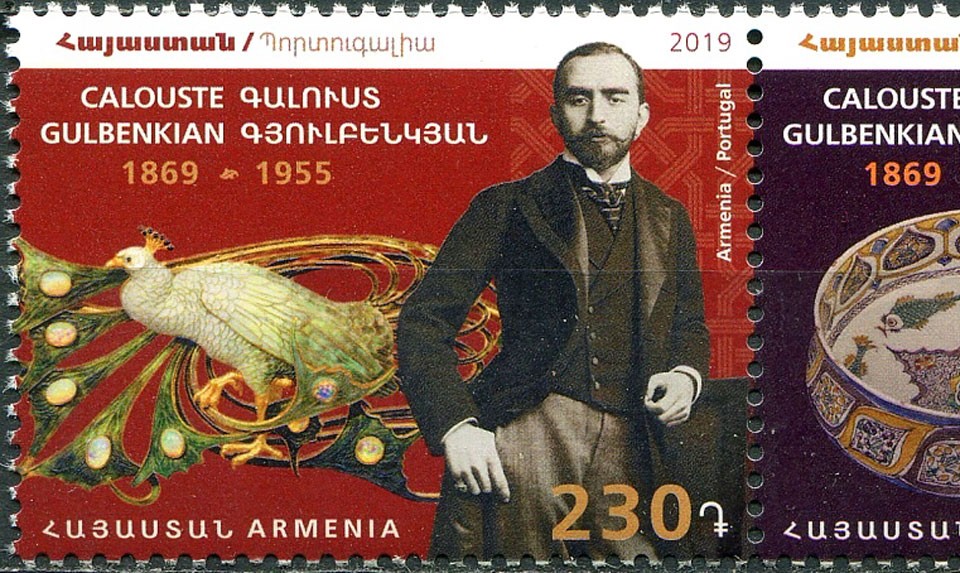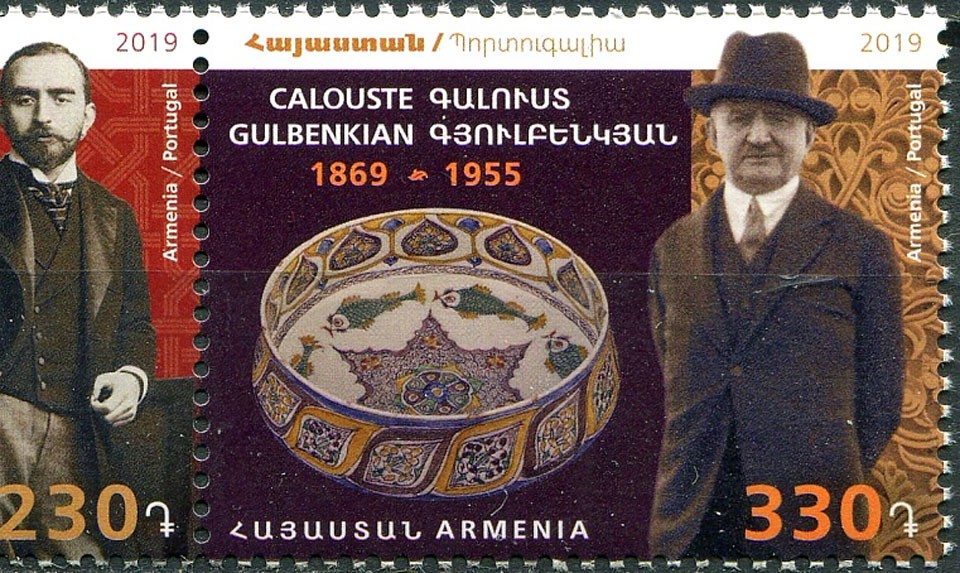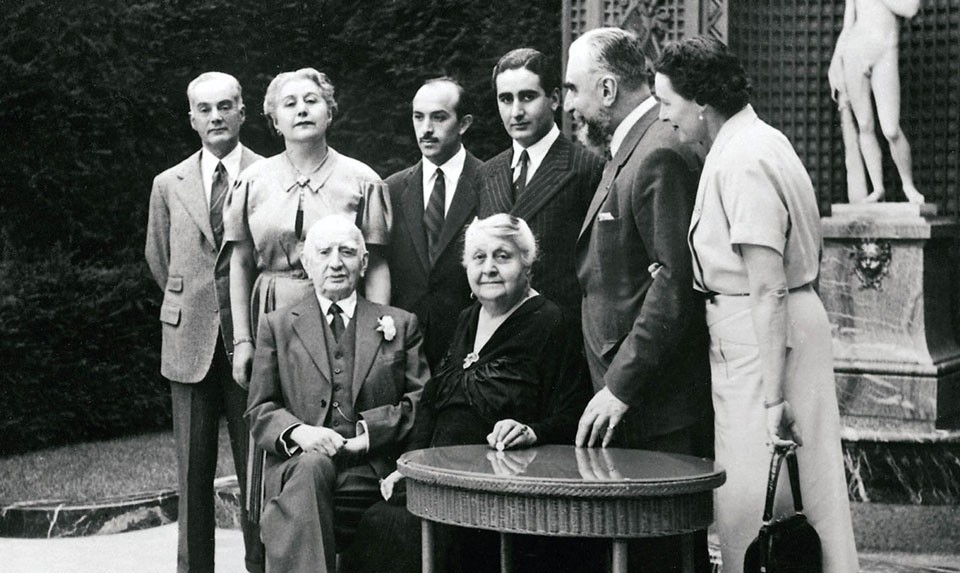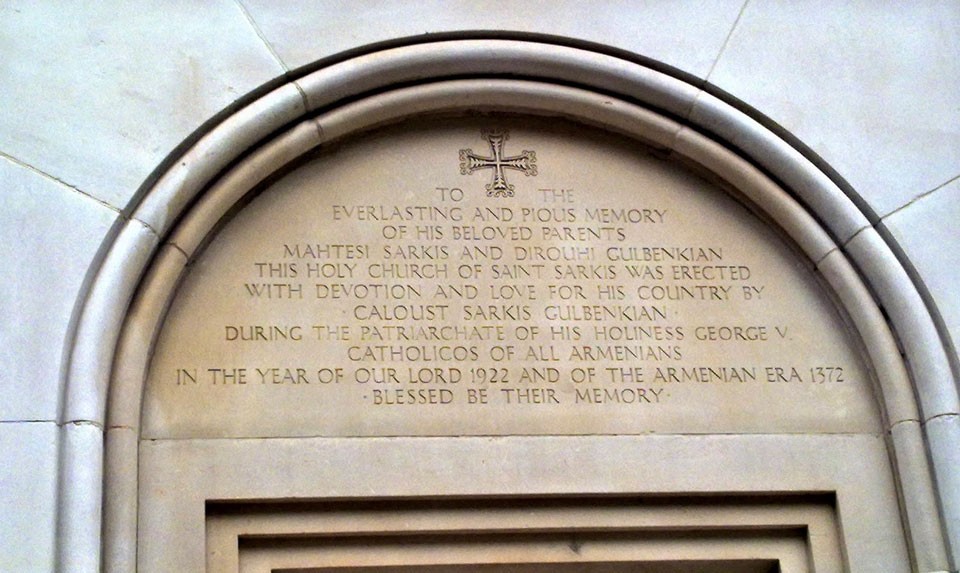Calouste Gulbenkian - One Of The Most Illustrious Sons Of The Armenian People
Calouste Gulbenkian (1869-1955) - British-Armenian oil tycoon and philanthropist of the first half of the 20th century, one of the richest people of his time. Co-founder of many oil companies, he laid the foundation for oil production in the Middle East. In Russia, he is primarily known as one of the buyers of paintings from the Hermitage collection.
Calouste Gulbenkian was born on March 23, 1869 in the Ottoman Empire, in Constantinople, in the family of Armenian businessman Sarkis Gulbenkian (the boy's name 'Galust' means "coming" in Armenian).
The Gulbenkians are considered descendants of the Rshtuni family, an Armenian noble family that lived around Lake Van in the 4th century AD. In the 11th century, the Rshtunis settled in Kayseri, taking the name Vard Badrik, a Byzantine title of nobility. With the advent of the Ottoman Turks, the Turkish equivalent of the name 'Gulbenk' (Gülbenk) was adopted. The family settled in the city of Talas and lived in the area until the mid-1800s, when they eventually moved to Constantinople.
Galust received his primary education at the Aramyan-Unchyan school, then at the French Lyceum Saint-Joseph in Constantinople. In 1887, he graduated with honors from King's College, University of London, as a petroleum engineer and went to Baku, where he studied the local oil industry.
In 1892 he received £30,000 from his father and set up his own oil company in London. Starting with a modest amount for this business, soon Gulbenkian already owned 30 percent of the shares of the Turkish Bank, had 15 percent in the “Turkish Petroleum Company” and 5 percent of the “Iraq Petroleum Company”.
Gulbenkian had serious contacts in political circles in Europe and the Middle East - the major oil deals did not take place without his participation, and in terms of his influence and capital he was on the level of the Rothschild family.
After the conquest of France during the Second World War, a threat loomed over Calouste Gulbenkian, a British subject living in Paris - the Reichsmarschall of Nazi Germany, Hermann Goering, chose Gulbenkian's house in Paris for his residence.
As a result, in April 1942, through the mediation of the Iranian representative to the Vichy government in France, Calouste Gulbenkian received diplomatic immunity and, at the invitation of the Portuguese ambassador, traveled to Lisbon, where he spent the rest of his life.
Calouste Gulbenkian died on July 20, 1955 at the age of eighty-seven. His resting place was the Church of St. Sarkis in London, built by Gulbenkian in memory of his parents in 1922.
The name of Gulbenkian remained in history thanks to his great charitable work - he created the “Calouste Gulbenkian” charitable foundation, which carried out its activities on a global scale.
This foundation inherited not only the Gulbenkian’s oil share, but also the richest collection of works of art he had collected, for the display of which, in 1969 a museum named after Calouste Gulbenkian was opened in Lisbon, Portugal.
The museum houses about 6,000 works of art. Egyptian sculptures, oriental ceramics, ancient manuscripts, antique jewelry, a numismatic collection, modern jewelry, unique works of Islamic art, paintings by world famous artists are demonstrated here. Now this museum is rightfully considered one of the best of its kind.
The Gulbenkian Museum also houses the Foundation's Public Library, which has 125,000 titles. The museum also has an art service that deals with aesthetic education, organizes archaeological excavations and conducts research in the field of art history, and the music department supports the creative activities of composers.
In Lisbon, one of the main avenue's of the city is called Avenida Calouste Gulbenkian.
The Portuguese city of Oeiras is home to the Gulbenkian Academy of Sciences, which conducts extensive research in microbiology, biotechnology and genetics.
In Paris, in the former house of Gulbenkian on Levan Avenue, the Gulbenkian Cultural Center is now located. Since 1969, various public readings and courses have been held here, various research works have been carried out, scientific conferences have been organized, concerts, festivals and exhibitions have been held. There is also a public library available to everyone.
The main goal of the “Gulbenkian Foundation” is to support scientific, cultural, educational, artistic and humanitarian initiatives. Today, more than 70 countries of the world use the Fund's assistance.
An Armenian branch has also been created within the fund, a significant part of the funds of which goes to meet the needs of Armenian communities in almost 30 countries. The annual budget of the Armenian branch is about 4 million US dollars, which is distributed among the scientific, cultural, educational, medical and other institutions of the Diaspora and Armenia.
Particular attention is paid to the support and preservation of Armenian institutions in Syria, Lebanon and Turkey. Funds are also allocated to the Armenian communities of France, Greece, Italy and South America. Significant sums were allocated to meet the needs of the Matenadaran book depository and the Yerevan State University in Armenia.
Some of the Gulbenkian's Charity:
Back in 1906 in Constantinople, in the National Hospital of Holy Savior, Calouste Gulbenkian equipped an operating room named after him. For 5 years he provided 500 Ottoman gold coins for the orphans of Kayseri.
In 1920-1940, Gulbenkian helped Armenian schools and hospitals in Syria, Lebanon, Iraq and Jordan. In 1922, in memory of his parents, Gulbenkian built the Armenian Church of St. Sarkis in London (the resting place of Calouste Gulbenkian himself).
Gulbenkian also financed the construction of many Armenian churches in Iraq, Lebanon and Libya. In 1929, on the territory of the Armenian Patriarchate in Jerusalem, he built the “Duryan” book depository, restored the Church of the Holy Sepulcher and donated to the Armenian Jerusalem Patriarchate most of the works of ancient Armenian art from his collection.
In 1932, Calouste Gulbenkian donated $400,000 for the restoration of the bell tower of St. Echmiadzin in Armenia.
In 1988-1989, in addition to the funds of the Armenian branch, the “Gulbenkian Foundation” allocated more than 1 million US dollars to help the victims of the earthquake in Armenia.
